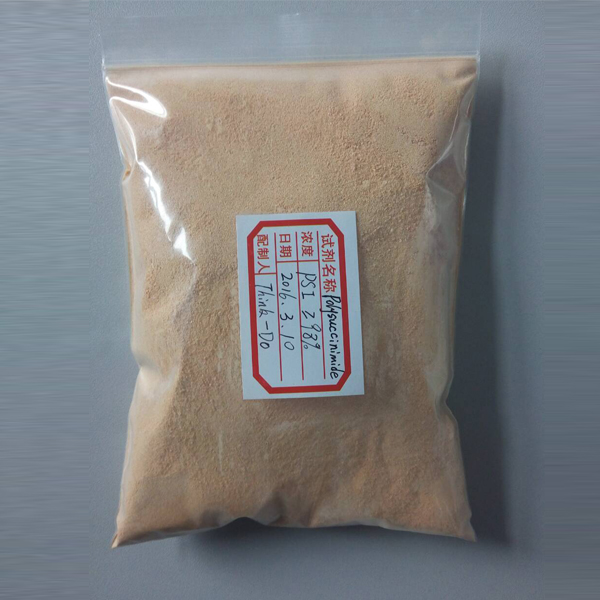
News
Дек . 14, 2024 01:51 Back to list
The Role of EDTA as a Chelating Agent in Metal Ion Complexation
The Role of EDTA as a Chelating Agent Understanding Its Complex Formation
Chelating agents are chemical compounds that form multiple bonds with a single metal ion, effectively grabbing the metal and stabilizing it in solution. One of the most widely used chelating agents in various fields, including chemistry, biology, and environmental science, is Ethylenediaminetetraacetic acid (EDTA). This versatile compound has gained importance due to its ability to form stable chelate complexes with a range of metal ions, making it valuable in both industrial applications and research settings.
The Structure and Properties of EDTA
EDTA, with the molecular formula C10H16N2O8, features four carboxylic acid groups and two amine groups. This unique structure allows EDTA to act as a hexadentate ligand, meaning it can bond to a metal ion at six different sites. When a metal ion is coordinated to EDTA, it forms a stable ring-like structure known as a chelate complex. This stability is attributed to the chelate effect, where the formation of a stable cyclic structure reduces entropy and enhances binding strength between the ligand and metal ion.
Applications of EDTA in Various Fields
1. Agriculture EDTA is widely used in agriculture as a micronutrient fertilizer. Many essential metal ions, such as iron, manganese, and zinc, are often rendered unavailable to plants due to their precipitation in the soil. By forming complexes with these metal ions, EDTA enhances their solubility, facilitating their uptake by plants. This ability to maintain essential nutrients in a bioavailable form significantly contributes to improved crop yields and overall soil health.
chelating agent edta complex

2. Clinical and Environmental Chemistry In the medical field, EDTA is employed as a chelation therapy agent for treating heavy metal poisoning, such as lead or mercury exposure. By binding to toxic metals, EDTA helps facilitate their excretion from the body, reducing their harmful effects. Furthermore, in environmental science, EDTA plays a crucial role in soil remediation and water treatment processes by mobilizing heavy metals, allowing them to be more easily removed from contaminated environments.
3. Industrial Applications EDTA is extensively used in various industrial processes. It is commonly incorporated into detergents and cleaning products to enhance their effectiveness by binding metal ions present in water, which can interfere with cleaning action. Additionally, EDTA is utilized in the paper and pulp industry for bleaching agents, where the removal of metal catalysts enables better quality products.
4. Food Industry In the food industry, EDTA is also used as a preservative and stabilizer. By chelating metal ions that can catalyze undesirable reactions leading to spoilage, EDTA helps extend the shelf-life of perishable products. Moreover, it can improve color stability and flavor retention in a variety of food items.
Environmental Concerns and Future Perspectives
While EDTA is a powerful chelating agent, its widespread use raises environmental concerns. One major issue is its persistence in the environment, as it is resistant to biodegradation. Once released into the environment, EDTA can bind heavy metals, enhancing their mobility and potentially leading to groundwater contamination. As a result, there is ongoing research into biodegradable alternatives to EDTA and strategies for its remediation in contaminated sites.
In conclusion, EDTA serves as a crucial chelating agent across diverse fields due to its ability to form stable complexes with metal ions. From agriculture to healthcare and industrial applications, its benefits are extensive. However, the environmental implications of its use warrant careful consideration and continued research to balance its advantages against potential risks. As science progresses, developing safer and more sustainable solutions is essential to mitigate the environmental impacts associated with EDTA and similar agents while harnessing their beneficial effects in various applications. Through this balanced approach, we can ensure the responsible utilization of chelating agents like EDTA for future generations.
-
Polyaspartic Acid Salts in Agricultural Fertilizers: A Sustainable Solution
NewsJul.21,2025
-
OEM Chelating Agent Preservative Supplier & Manufacturer High-Quality Customized Solutions
NewsJul.08,2025
-
OEM Potassium Chelating Agent Manufacturer - Custom Potassium Oxalate & Citrate Solutions
NewsJul.08,2025
-
OEM Pentasodium DTPA Chelating Agent Supplier & Manufacturer High Purity & Cost-Effective Solutions
NewsJul.08,2025
-
High-Efficiency Chelated Trace Elements Fertilizer Bulk Supplier & Manufacturer Quotes
NewsJul.07,2025
-
High Quality K Formation for a Chelating Agent – Reliable Manufacturer & Supplier
NewsJul.07,2025
